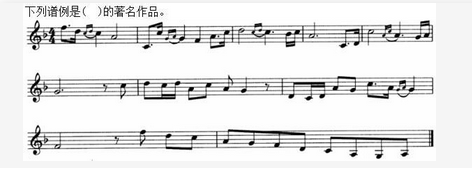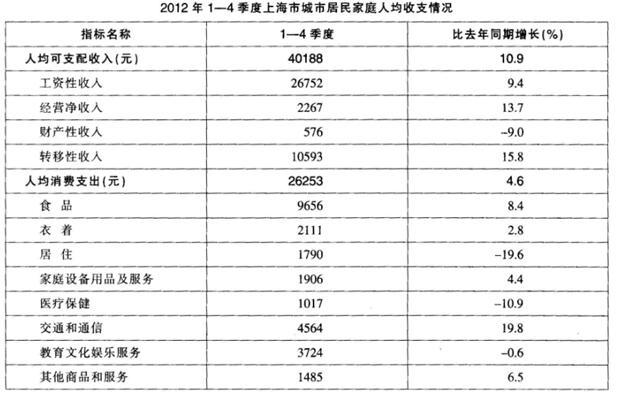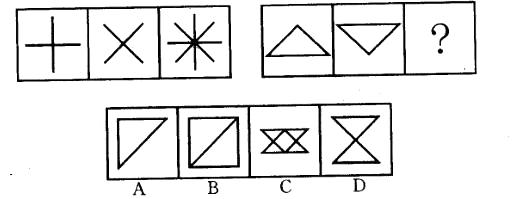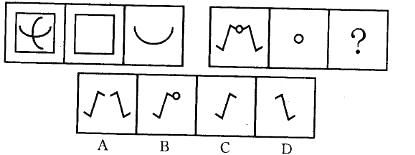“When more and more people are thrown out of work, unemployment results,” Calvin Coolidge once observed. As the U. S. economy crumbles, Coolidge’s silly maxim might appear to be as apt as ever: the number of unemployment insurance claims is rising, and overall joblessness is creeping upward. But in today’s vast and complex labor market, things aren’t always what they seem. More and more people are indeed losing their jobs but not necessarily because the economy appears to be in recession. And old-fashioned unemployment isn’t the inevitable result of job loss. New work, at less pay, often is.
Call it new-wave unemployment: structural changes in the economy are overlapping the business downturn, giving joblessness a grim new twist. Small wonder that the U. S. unemployment rate is rising. Now at 5.7 percent, it is widely expected to edge toward 7 percent by the end of next year. But statistics alone can’t fully capture a complex reality. The unemployment rate has been held down by slow growth in the labor force—the number of people working or looking for work—since few people sense attractive job opportunities in a weak economy. In addition, many more people are losing their jobs than are actually ending up unemployed. Faced with hungry mouths to feed, thousands of women, for example, are taking two or more part-time positions or agreeing to shave the hours they work in service-sector jobs. For better and for worse, work in America clearly isn’t what it used to be. Now unemployment isn’t, either.
Like sour old wine in new bottles, this downturn blends a little of the old and the new reflecting a decade’s worth of change in the dynamic U. S. economy. Yet, in many respects the decline is following the classic pattern, with new layoffs concentrated among blue-collar workers in the most “cyclical” industries, whose ups and downs track the economy most closely.
As the downturn attracts attention on workers’ ill fortunes, some analysts predict that
由文章第三段最后一句话,“Yet, in many respects…track the economy most closely.”,可知,新形式的失业在某些方面也同旧形式的失业类似,新产生的下岗工人多数都是蓝领工人,因为这些行业与经济运行的好坏最相关。D选项正是此意。A,B,C选项无关。


京胡属( )乐器。
《亚威农少女》是( )绘画的代表作品。
 2012年1-4季度该市人均可支配收入中,增长量最大的是:( )
2012年1-4季度该市人均可支配收入中,增长量最大的是:( )

携带绝密级载体外出的,必须报()备案。
全国人大行使国家权力的最重要方式和最基本形式是( )。
文职人员参加作战、军事演习、军事训练和处置突发事件时,应当()。
